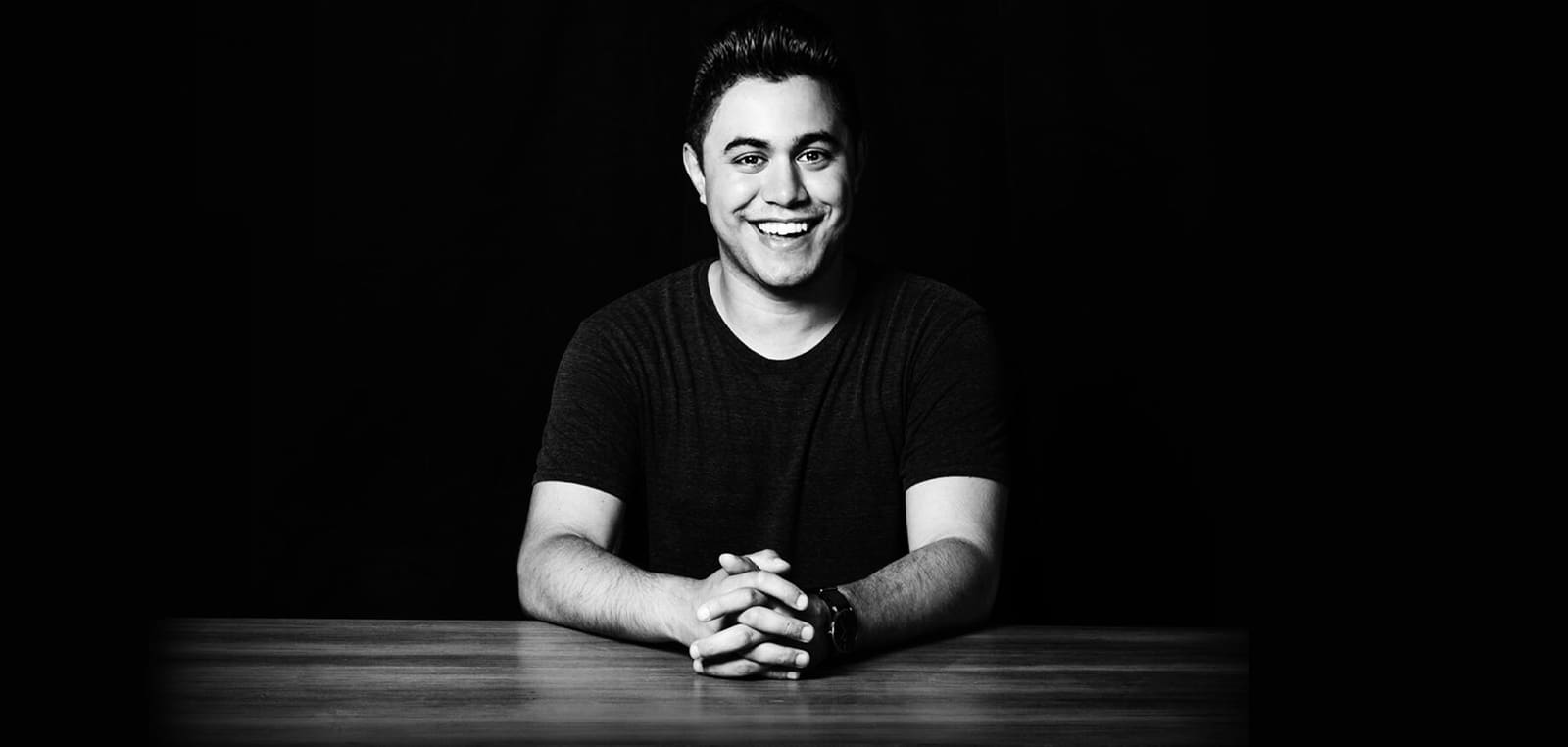IN
IN
JPN
EN
Join Our Communities

In April of 2021, an Indonesian Navy submarine went down in the Bali Sea with all hands lost. Fifty-three sailors died, and the tragedy hit Bali-based sound designer and artist Ruanth Chrisley Thyssen hard.
Together with his wife, a visual artist, Ruanth created an NFT work combining sound and images called 53 Never Forgotten, which he minted on the Tezos blockchain.
“The sounds I used came from the Bali Sea,” he says. “Not the exact place where the submarine went down, but nearby.”
The work memorializes the lives of the lost sailors using a visual loop and 53 layers of sound running for 53 seconds, where everything moves but the submarine in question. “The idea was that the sailors are lost but never forgotten,” he says.
Ruanth minted an edition of 5300 “digital prints’’ as NFTs, which he sold via the Tezos marketplace, Hic et Nunc (or H=N). The editions were created as part of a fundraiser for victims’ families in conjunction with Art Moments Jakarta, in partnership with TZ APAC.
He was inspired to create the work by an acquaintance who had a medical emergency and had a lot of debt from hospital bills. The acquaintance MADE AN NFT of images comprised of his bills and uploaded it to a Tezos NFT marketplace. The images were sold to pay his debt and went for 0.7 tez, which was running at about USD $3 parity at the time.
“He sold 10,000 editions, and because tez went up, he made about $46,000 and was able to pay his medical bills with a fair bit left over,” says Ruanth.
#### Getting started with NFTs Ruanth says he BOUGHT HIS FIRST NFT in 2017, and it’s still in his possession. “I saw the craze for NFTs coming, and so I have held onto this one as a reminder that NFTs are the future,” he says. “With an NFT, you have uncorrupted digital ownership.”
But it’s only been since March of this year Ruanth has MINTED HIS OWN NFTS on Tezos. With Oscar and BAFTA nominations to his credit as a sound designer, he realized that collectors are looking for NFT soundscapes with visuals. “They want eye candy,” he says.
To get the eye candy, Ruanth either works with a visual artist or feeds the soundscapes into an application called Sound Designer, which generates imagery algorithmically inspired by the sounds he created.
So far, he’s uploaded around 30 unique works to Tezos as NFTs, but some are one-offs, and others are editions. The best way to think of these is in terms of visual art. The one-offs are the original artist’s work, while the editions are the equivalent of buying a print.
Ruanth believes that the future for blockchain and NFTs is when the general public don’t realize they are using these technologies, and they just appear to be natural.
He points to NFT gaming, where creators can own the skin they made for the game, resell it, and be compensated every step of the way. Meanwhile, the players buying and using these skins do not necessarily have to be aware of NFT technology nor have any blockchain knowledge to still understand the principle that they are the direct owners of this digital item, as it appears in-game (or within the broader metaverse).
“There’s an app called Audius, and they are partnering with TikTok for the music in the app,” he says. “People can be compensated for their music being used, every time someone plays it or listens to it.”
“Digital ownership becomes a real thing and increases the worth of what creators are doing. You can see the ownership and every use in the blockchain,” he adds.
As the organiser of Metarupa and a participant in Art Moments Jakarta, Ruanth believes it is fitting art is the first form NFTs have taken. “Anything can be made into an NFT, but art is the first,” he says.
In a country like Indonesia, he says, art is cheap and what happens is overseas collectors come into the country, buy inexpensively and then sell at large profits in other countries.
“There is so much value in traditional art and culture,” he says. “Tokenizing it, proving the artist’s authenticity is going to raise the value of art, and that is what a country like Indonesia, which is rich in art and culture, needs.”
Because Ruanth sells some of his edition work relatively inexpensively, the gas (transaction) fees charged by networks like Ethereum wouldn’t work. He says if you’re selling a work for thousands of dollars, then a $30 fee might be alright. But if you are selling your work for a couple of dollars, then that transaction fee is too high.
“At the time, Tezos was the most viable option in terms of fees,” he says. “There was also a big debate about Ethereum not being clean enough, and that influenced my choice of Tezos as well because it’s a much cleaner blockchain.”
Since he began MINTING NFTS, digital art has become a larger and larger part of Ruanth’s income. But he’s not averse to engaging in speculation either. “A few months ago, I bought an NFT for $130, and it went to $10,000,” he says.
“There’s no science or math to it,” HE ADDS of his speculation. “If I see something that is pretty, that has utility, and then I get it. I spend a lot of time looking for that sort of work.”